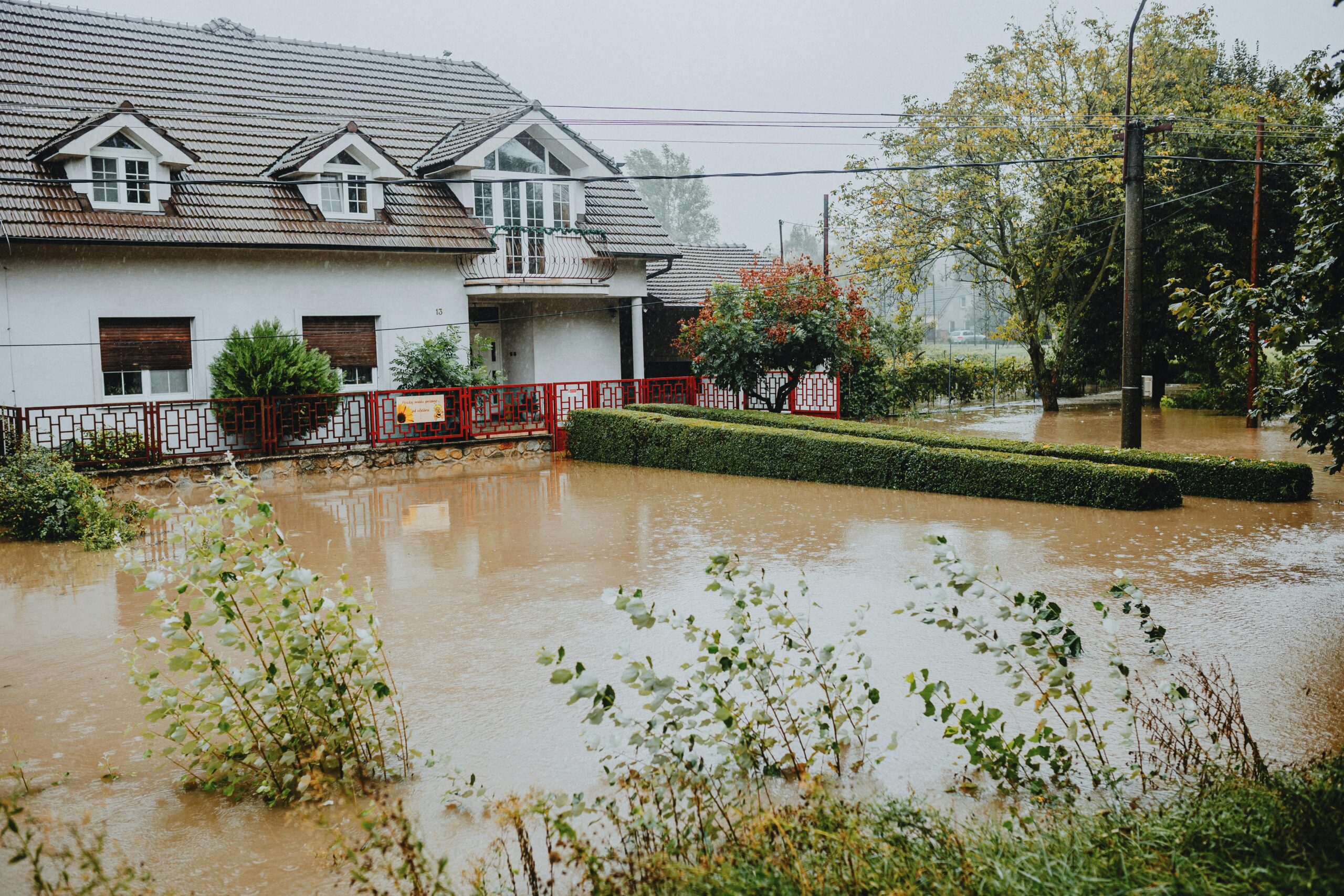Water damage can occur in any home or building. It may come from a burst pipe, a leaking roof, heavy rain, or a flood. If water enters an area where it shouldn’t be, the walls, floors, furniture, and even the structure of the property can suffer serious damage. The process of solving these problems is known as water damage removal.
Water damage removal involves finding the source of water, drying out the area, cleaning, and restoring everything back to a safe condition. It is a process that requires attention to detail, proper tools, and speed. Understanding how it works enables property owners to respond better during emergencies.
Step 1: Locating the Source of Water
The first step in water damage removal is to find the source of the water. It may originate from inside your house — possibly from a broken water line or overflowing appliance — or from outside sources such as storms or flooding.
Cleanup cannot begin until the flow of water is stopped. For instance, if the cause happens to be a burst pipe, the water supply needs to be turned off right away. If rainwater enters through a roof leak, covering or temporarily sealing the area should be considered. Early identification and stopping of the source prevent further damage.
Step 2: Determining the Extent of Damage
Once the water source is stopped, the next step is to inspect the affected areas. Professionals use moisture meters or infrared cameras to detect hidden water behind walls or under floors.
This step is very important because water can travel far from the point of entry. Even small leaks may soak insulation, drywall, or wood. When left untreated, it may lead to mold growth or structural weakening.
By understanding how deep and wide the water has spread, the restoration team can plan the right method for drying and cleaning.
Step 3: Eliminating Standing Water
After the assessment, the actual removal begins. Standing water needs to be removed as soon as possible using pumps and wet vacuums.
The faster the water is extracted, the less fire damage restoration it causes. For example, water sitting too long on wood floors can make them buckle, and carpets can trap moisture. Fast extraction protects materials and reduces drying time.
Step 4: Drying and Dehumidifying
After visible water is gone, drying becomes the main focus. Moisture may still remain in the air, walls, and furniture. Technicians use industrial air movers and dehumidifiers to remove this hidden moisture.
Mold and mildew can start growing within 24 to 48 hours in damp conditions, so proper drying is critical. During this stage, workers check moisture levels regularly to ensure everything becomes completely dry.
The drying process can take several days, depending on the size of the area and the amount of water involved.
Step 5: Cleaning and Sanitizing
Once everything is dry, the next step is cleaning and sanitizing. Water, especially from floods or sewage backups, can carry bacteria, chemicals, and dirt.
Affected surfaces are cleaned and disinfected with safe cleaning agents. Carpets, upholstery, and personal items are either treated or discarded, depending on the level of contamination.
This cleaning stage ensures the property is safe and free of harmful substances before further restoration begins.
Step 6: Repairing and Restoring the Area
The final step in water damage removal is restoration — fixing and restoring the area to its original condition by repairing or replacing damaged materials.
Restoration may include repainting walls, replacing flooring, fixing drywall, or repairing weakened structural parts. This makes the space safe, functional, and comfortable again.
Why Water Damage Removal Is Important
Water damage removal is not just about cleaning up water; it’s about protecting health, property, and safety. Here’s why it matters:
1. Prevents Mold Growth
Mold grows rapidly in moist conditions. It can spread across walls, ceilings, and furniture within days. Mold spores affect indoor air quality and can cause allergies or breathing problems. Quick water removal and drying stop mold before it starts.
2. Minimizes Structural Damage
When materials like wood, drywall, or concrete absorb water, they weaken over time. This can cause cracks, warping, or even collapse. Proper water removal helps maintain the building’s strength.
3. Saves Valuable Items
Many items such as documents, electronics, and furniture can be saved if the water is removed quickly. The sooner the process starts, the better the chances of recovery.
4. Prevents Bad Odors
Stagnant water and moisture often cause unpleasant smells. Thorough cleaning and drying remove these odors and improve indoor air quality.
5. Protects Health
Standing water can contain bacteria and other contaminants that pose health risks. Removing the water and sanitizing the space ensures it’s safe to live or work in.
Final Thoughts
Water damage removal is a detailed process that includes finding the source, extracting water, drying, cleaning, and restoring the space. Every step plays an important role in protecting the property and the people inside it.
By understanding how water damage removal works, homeowners can take the right steps in emergencies. With quick response and proper care, any space can be safely and effectively restored after water damage.
